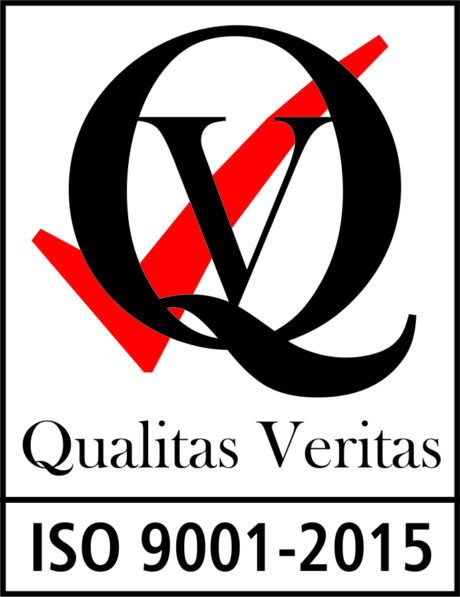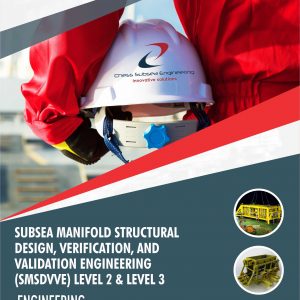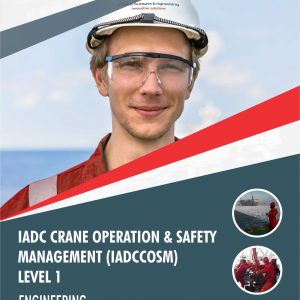Description
The Aerial Drones for Offshore Structures Visual Inspection (ADOSVI) Level 1 course is designed to provide participants with the fundamental knowledge and skills required to operate aerial drones for visual inspection of offshore structures.
During the ADOSVI Level 1 course, participants will learn about the basic principles of aerial drone operation, including flight controls, safety protocols, and maneuvering techniques. They will also receive training on how to capture high-quality visual data using drones and understand the limitations and best practices for offshore inspections.
The ADOSVI Level 2 course builds upon the foundational knowledge gained in Level 1 and focuses on advanced inspection techniques and data analysis. Participants will learn about specialized sensors and payloads that can be used with drones for offshore inspections, such as thermal imaging cameras and LiDAR systems.
In the Level 2 course, participants will gain expertise in data analysis and interpretation, including the use of software tools to process and analyze the collected visual data. They will learn how to identify and assess structural defects, anomalies, and corrosion in offshore structures based on the captured drone footage.
Both the ADOSVI Level 1 and Level 2 courses emphasize safety and regulatory compliance. Participants will be trained on risk assessment, emergency procedures, and adherence to relevant industry standards and guidelines to ensure safe and effective drone operations in offshore environments.
Aerial Drones for Offshore Structures Visual Inspection (ADOSVI) Level 1 & Level 2 covers Overview of Aerial Drones for Offshore Structures Visual Inspection, Importance of visual inspection in maintaining the integrity of offshore structures, Introduction to aerial drones and their applications in the offshore industry, Overview of different types of drones and their components, Understanding drone flight controls and navigation systems, Drone safety protocols and regulations for offshore operations, Introduction to various types of offshore structures and their inspection needs, Understanding industry standards and guidelines for offshore structure inspection, Identification of critical areas and common defects in offshore structures, Overview of different payloads and sensors used in visual inspection, Selection criteria for payloads based on inspection requirements, Understanding camera systems, thermal imaging, LiDAR, and other relevant technologies, Planning a drone inspection mission for offshore structures, Understanding airspace restrictions, weather considerations, and risk assessments, Pre-flight checklists, maintenance, and battery management, Introduction to drones data processing software and tools, Techniques for analyzing visual inspection data captured by drones, Generating accurate reports and actionable insights from drones inspection data, Examining real-life case studies of aerial drone inspections on offshore structures, Exploring the diverse applications of aerial drones in offshore industries, Learning from successful drone inspection projects and their outcomes, Advanced drone flight maneuvers and techniques for complex offshore structures, Specialized inspections using advanced drones sensors and payloads, Drones inspection procedures for hard-to-reach areas and challenging environments, Drones advanced data processing and analysis techniques,Integration of drones remote sensing technologies for enhanced inspections, Identification and interpretation of complex defects in offshore structures captured by drones, Advanced risk assessment and hazard identification for drone operations, Emergency response procedures during drone operations, Contingency planning for unforeseen circumstances for drone operations, Advanced report generation and documentation techniques for drone operations, Effective communication of inspection findings and recommendations for drone operations, Integration of drones inspection data into asset management systems, Offshore Structures drones inspection case studies and more.
Course Outlines
Overview of Aerial Drones for Offshore Structures Visual Inspection
Importance of visual inspection in maintaining the integrity of offshore structures
Introduction to aerial drones and their applications in the offshore industry
Overview of different types of drones and their components
Understanding drone flight controls and navigation systems
Drone safety protocols and regulations for offshore operations
Introduction to various types of offshore structures and their inspection needs
Understanding industry standards and guidelines for offshore structure inspection
Identification of critical areas and common defects in offshore structures
Overview of different payloads and sensors used in visual inspection
Selection criteria for payloads based on inspection requirements
Understanding camera systems, thermal imaging, LiDAR, and other relevant technologies
Planning a drone inspection mission for offshore structures
Understanding airspace restrictions, weather considerations, and risk assessments
Pre-flight checklists, maintenance, and battery management
Flight techniques for capturing high-quality visual data
Optimizing flight paths for efficient inspection coverage
Data collection strategies and best practices for offshore structure inspection
Introduction to drones data processing software and tools
Techniques for analyzing visual inspection data captured by drones
Generating accurate reports and actionable insights from drones inspection data
Safety protocols for working with aerial drones in offshore environments
Regulatory compliance for drone operations in the offshore industry
Ethical considerations and privacy concerns during aerial inspections
Examining real-life case studies of aerial drone inspections on offshore structures
Exploring the diverse applications of aerial drones in offshore industries
Learning from successful drone inspection projects and their outcomes
Hands-on practical exercises in drone flight operations and data collection
Assessment of participants’ skills in flight planning, data analysis, and reporting
Evaluation of safety protocols and adherence to drones regulations
Advanced drone flight maneuvers and techniques for complex offshore structures
Specialized inspections using advanced drones sensors and payloads
Drones inspection procedures for hard-to-reach areas and challenging environments
Drones advanced data processing and analysis techniques
Integration of drones remote sensing technologies for enhanced inspections
Identification and interpretation of complex defects in offshore structures captured by drones
Advanced risk assessment and hazard identification for drone operations
Emergency response procedures during drone operations
Contingency planning for unforeseen circumstances for drone operations
In-depth understanding of relevant regulations and guidelines for drone operations
Drones compliance with industry standards for offshore structure inspections
Updates on emerging regulations and best practices for drone operations
Advanced report generation and documentation techniques for drone operations
Effective communication of inspection findings and recommendations for drone operations
Integration of drones inspection data into asset management systems
Offshore Structures drones inspection case studies
Assessment
Participant underpinning knowledge of Aerial Drones for Offshore Structures Visual Inspection will be accessed with short answer multiple-choice questionnaire at the conclusion of the course after practicals.
Outcome
Participants will gain an in debt understanding of Aerial Drones for Offshore Structures Visual Inspection.They will also implement knowledge gained with minimum supervision while working for IOC, subsea or offshore IMR contractors
Professional Certificate
Issued directly by Chess Subsea Engineering Europe.
Participant may be presented for Offshore Petroleum Training Organization (OPITO) Certification.
How to Register
Click here to download registeration booklet on msword and email completed booklet to info@chesssubseaengineering.org directly.












